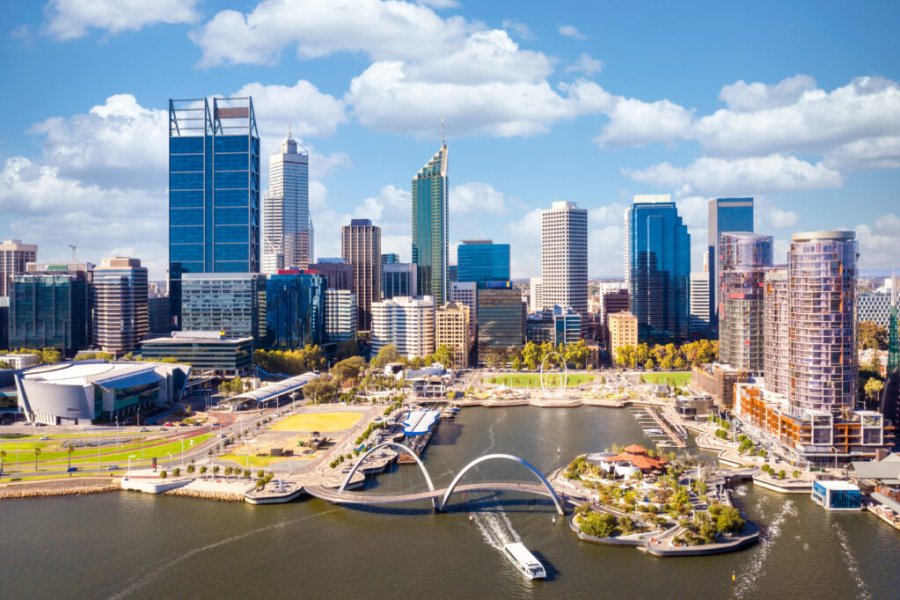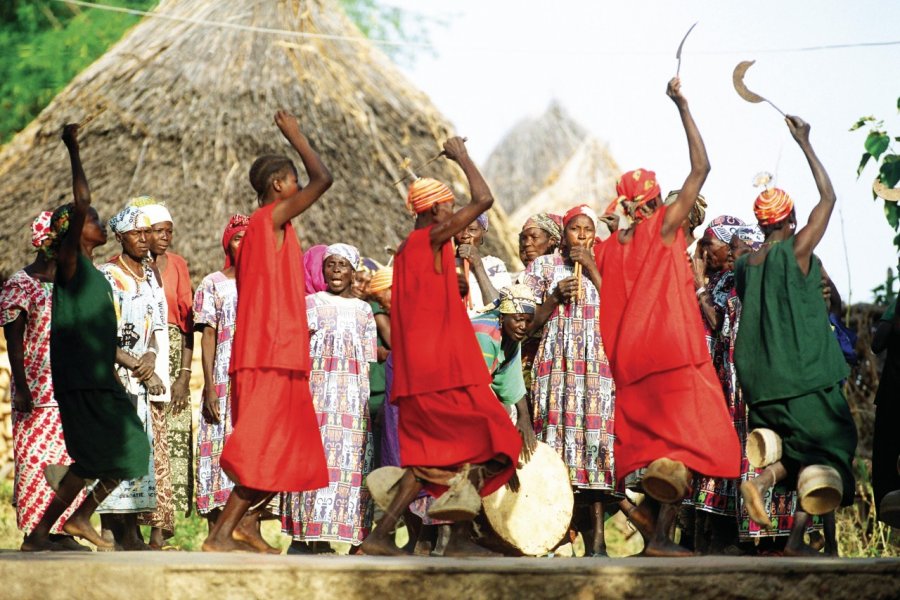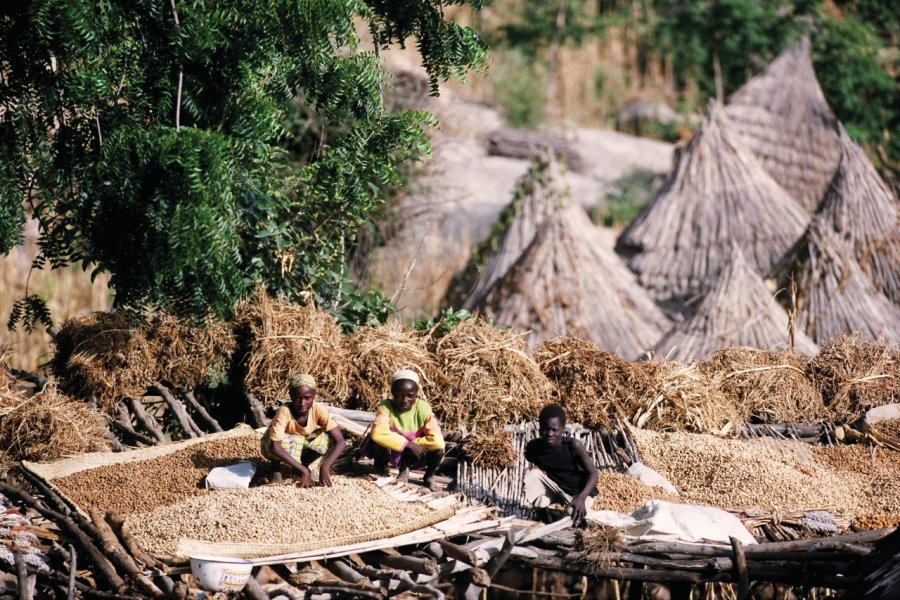Travel Guide Oudjilla
Find an accommodation
Advertising
From Mora, a winding track takes you into the mountains. It crosses a few streams (which dry up outside the rainy season) and some of the most impressive terraced farming in Cameroon, before reaching the famous Oudjilla chiefdom, over two hundred years old. This Podoko village is another must-see tourist attraction in the Far North. Many villagers are waiting to take you to the chief's saré, built at the top of the hill, for a few hundred francs. A visit to the saré costs 6,000 FCFA and lasts around 1 hour 30 minutes.If you're lucky, you'll also be able to attend a traditional dance show, where you can admire the region's traditional costumes, as well as discover the music and songs of the North, quite different from what you've heard in other parts of the country and an undeniable reflection of Cameroon's cultural and ethnic diversity. Near the market square are the tombs and traditional dwellings. The huts are round, covered with earthen plaster that makes them completely watertight, and arranged around the granaries, the food reserves of the village families. The foundations of the huts are made of stone, the rest of earth. The thatched roofs are conical in shape, and pottery is displayed on some of the huts. Inside the chiefdom is the chief's saré, protected by a wall. This is a group of huts originally intended to house the chief's family unit. It also contains the chief's granary, the customary court room, the prayer room, the sacred ox room and the wives' compartment. The first wife's hut is set apart from those of the other wives. Each wife has a hut, two granaries and a kitchen. For reasons of privacy, the women's rooms do not face the wall like the other rooms. They face away from the wall. Many traditions and superstitions are observed in the region. For example, every year, a 2-year-old ox is placed in one of the rooms of the chief's saré, in total darkness. It is a sacred animal which, for a year, remains locked up in this way without seeing the light of day, before being sacrificed just before the harvest, on the day of the Podoko festival, to guarantee the prosperity of the village. Once the harvest is over, a new ox takes the place of the old one until the following year. It is also customary for the chief to be buried in the hut where he lived. Only one of his wives is then allowed to sleep in the room where he is laid to rest, provided she has had no children. If all the chief's wives have had children, only the successor's mother is allowed to sleep there. At Oudjilla, we get as close as possible to the traditions of North Cameroon, and you'll be surprised by the meeting of two worlds: our own time and that of ancestral times, still imprinted in the earthen walls.
Suggested addresses Oudjilla
Weather at the moment
Advertising
Organize your trip with our partners Oudjilla
Transportation
Book your plane tickets
Car Rental
Boat rental
Accommodation & stays
Find a hotel
Holiday rental
Find your campsite
Tailor-made trip
Immersion travel
Services / On site
Activities & visits
Find a doctor







